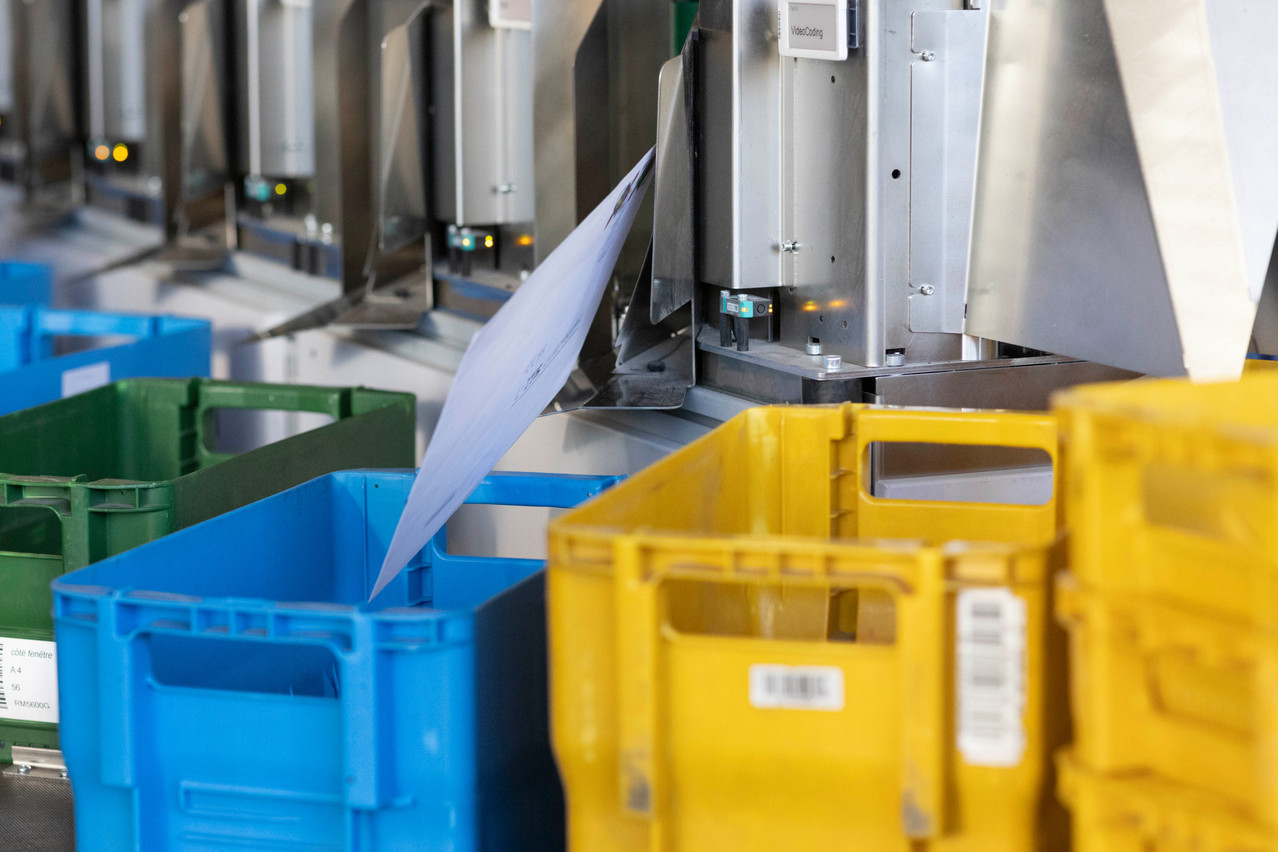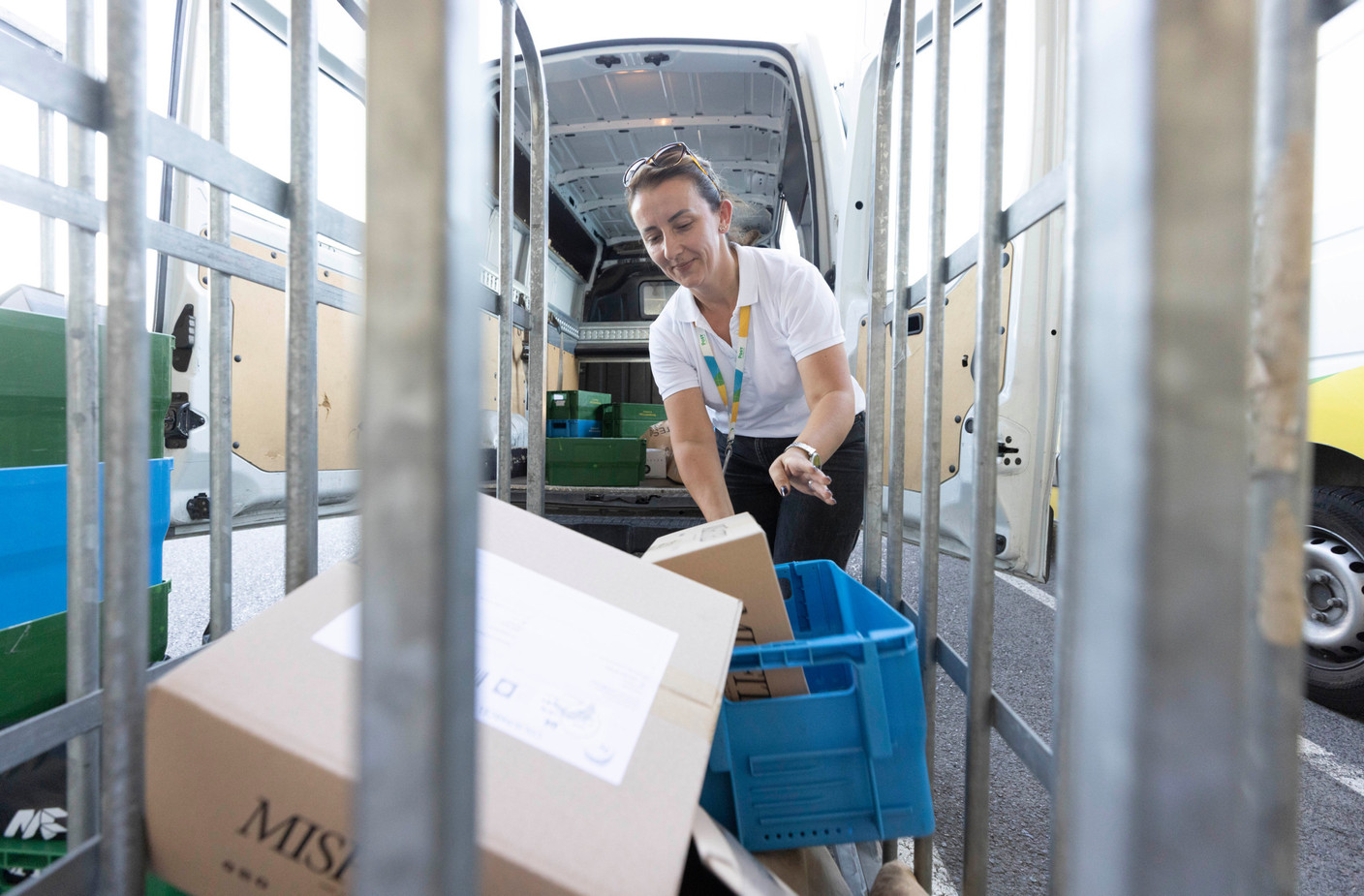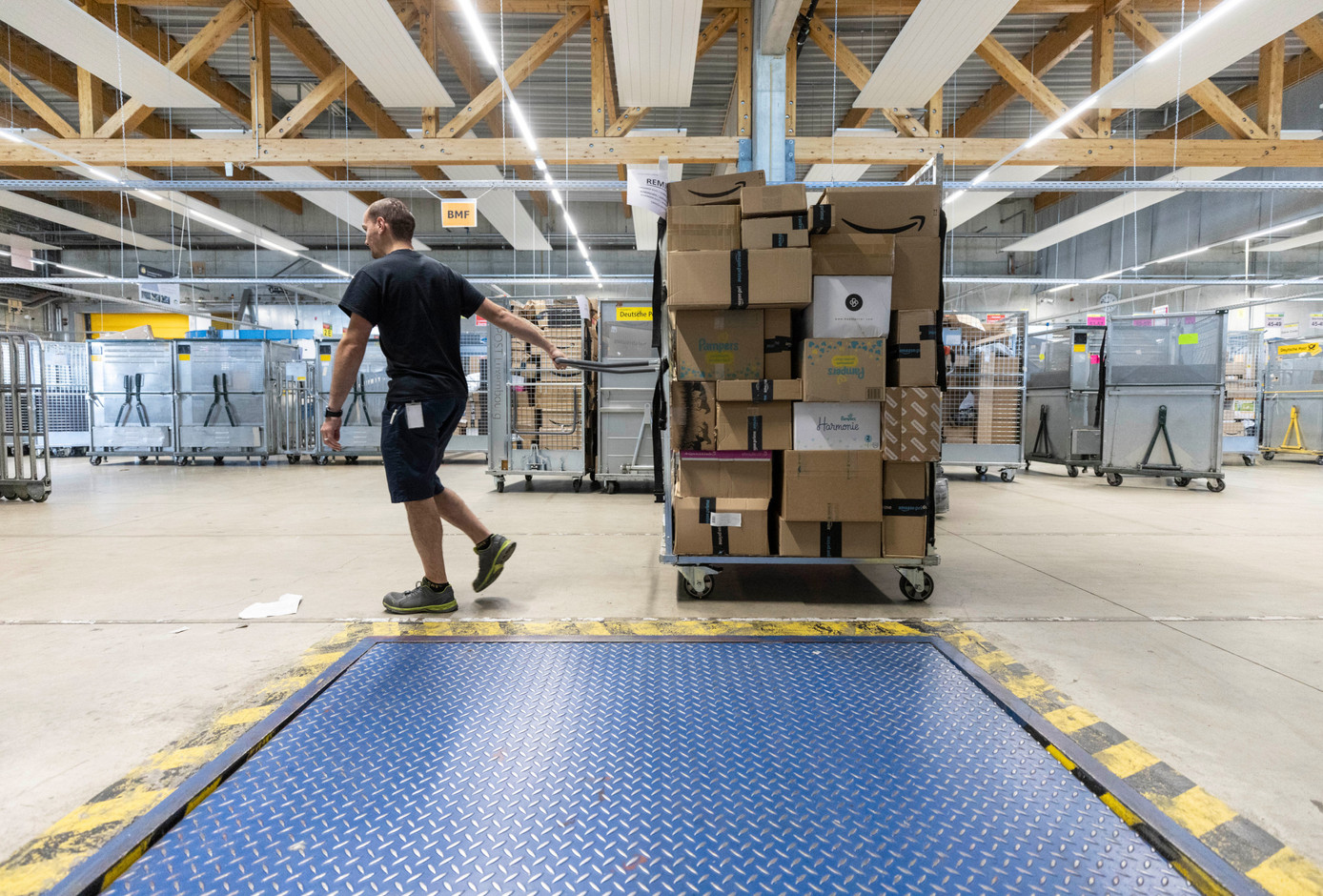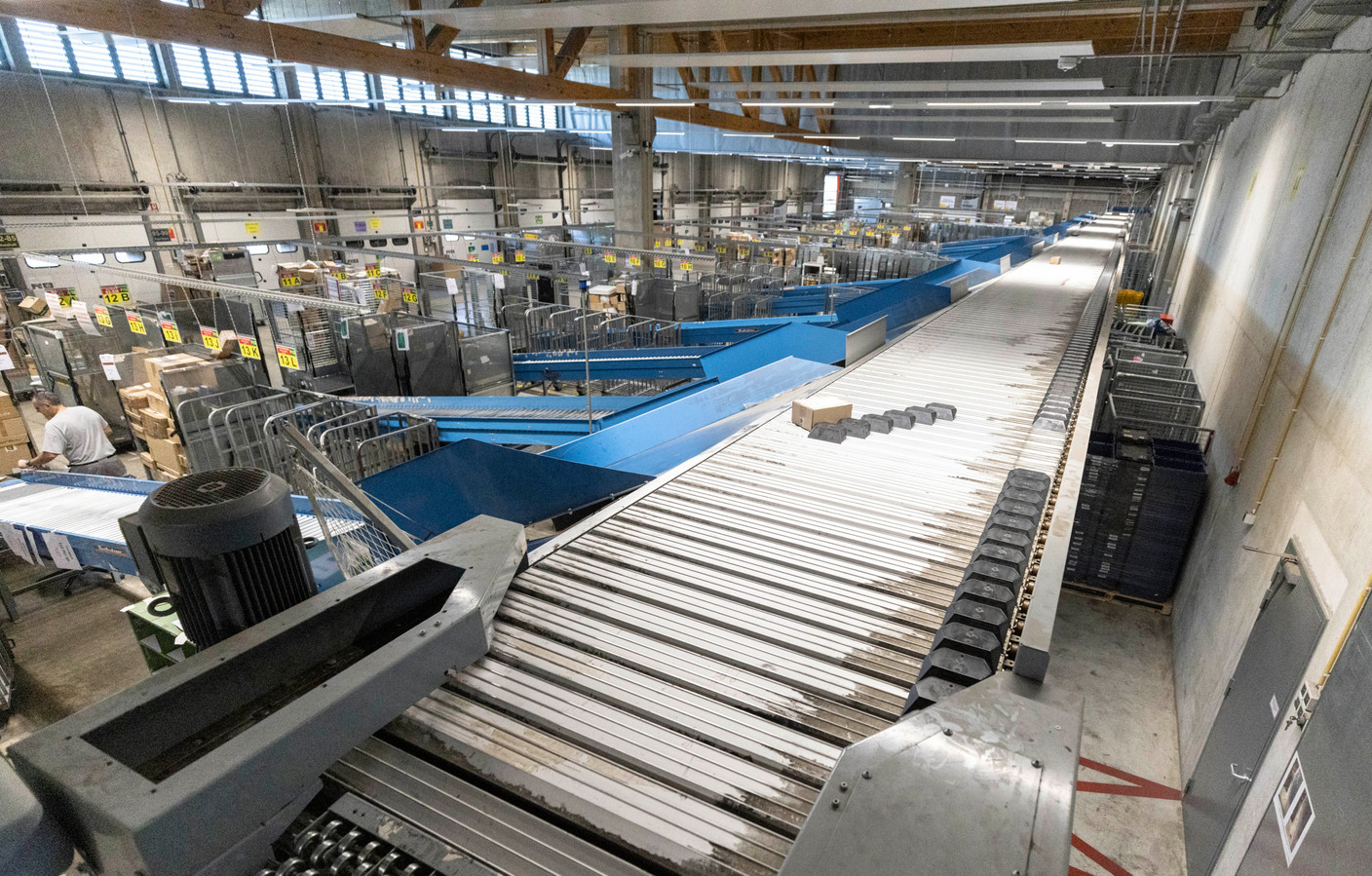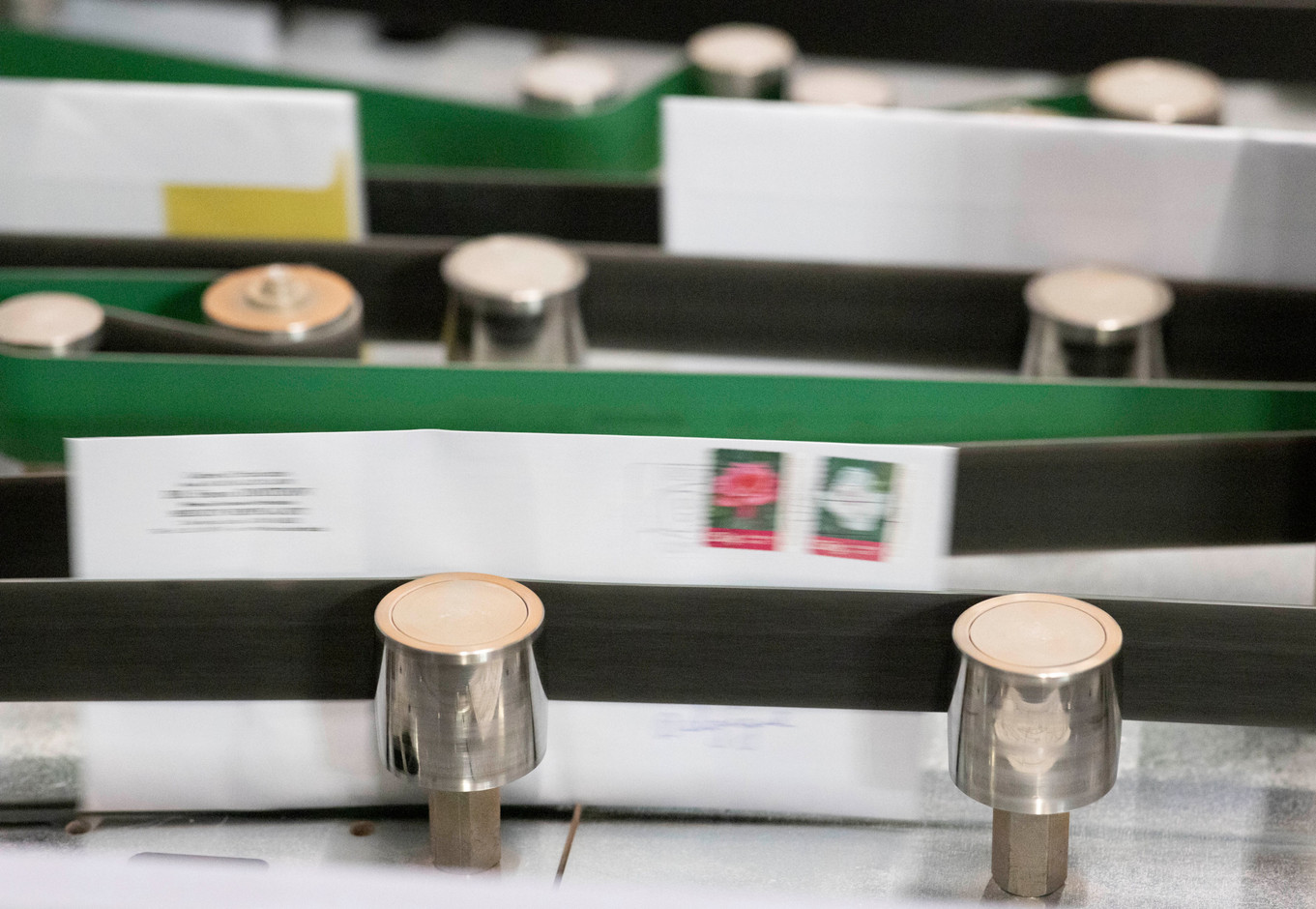Of course, summer is not the busiest season for Post’s sorting centre in Bettembourg: the tempo intensifies at the end of the year, when this site can receive up to 42,000 parcels a day, thanks to online gift purchases in light of the holidays.
We estimate our market share to be more than half in e-commerce .
On average, 22,000 parcels pass through this vast infrastructure, which opened in 2006. During the day, around ten lorries, mainly from France and Germany, deliver orders placed on Amazon to Luxembourg addresses. Post vans bring parcels returned by customers. “We estimate our market share to be more than half in e-commerce,” says Mario Treinen, director of Post Courier.
The company sees a growing consumer demand for one-day parcels, a logistical challenge that currently accounts for 10% of daily volume but is clearly set to grow. “We are the intermediary for e-commerce platforms, but we are aware that it will be a competitive advantage to be fast, and having a high-performance sorting centre makes it possible to achieve this,” Treinen explains.
Eyes on the addresses
For mail, Post assures that 98% of national letters are received on D+1. This segment intensifies the pace of activity from the beginning of the evening with the delivery of mail collected from the country’s letterboxes, not to mention the countless green plastic boxes of items sent by companies and other entities.
These items are placed in a machine that sorts them by postal code. If they are misread, the machine scans the address in question, and a dozen pairs of eyes go through them and transcribe them correctly so that the items can continue on their normal route.
The letters then arrive in bins according to the first two digits of the postcode, which is attached to one of Luxembourg’s nine distribution centres. The postal workers’ rounds start from there.
At the moment, they have an additional task with the volume of custody orders, the mail that Post holds until the recipients return from their holidays. Each individual can choose the date on which he or she will receive all the mail at home or at a post office.
The mail that’s ready to go joins the small parcels that the mail carriers are able to deliver on their routes, while the larger items are grouped together for delivery by dedicated Post Group delivery drivers.
From mailboxes to planes
Post collects international mail three times a day at Luxembourg Airport, while the outgoing flow goes to Frankfurt. “This is where the international mail is dispatched to all airlines,” explains Treinen.
350 people work in the sorting centre in Bettembourg, where 117m letters and almost 7m parcels passed through last year. Since the beginning of this year, volumes have fallen by 9% and 4.5%, respectively, says the manager. He attributes this slowdown to the post-covid period, since the pandemic generated a lot of mailings--for testing and vaccination purposes, for example, but also to the feeling of anxiety on the consumer front.
“Mail remains a key product, but Post must ensure that it adapts to the decreasing volume in this sector and sees how it can be compensated for with other activities, such as parcels and logistics,” he says. Post Logistics currently has two hubs, in Findel and Munsbach.
Finally, sustainability is also on the list of priorities for Treinen, who points out that 20% of the vehicle fleet is already electrified.
This article was originally published on and has been translated and edited for Delano.
